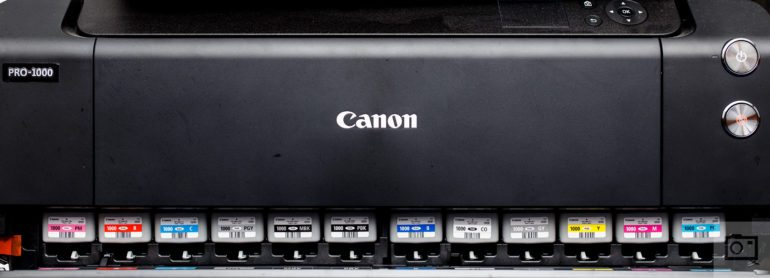The pandemic has permanently changed our lives. We’ve been forced to realize that technology can come to a screeching halt. The sound of the brakes on assembly lines has many photographers looking at other means of sharing and displaying their work. The chip shortage has had Sony suspending orders on several of their cameras. It’s also forced Canon to relinquish its vice grip on their toner chips, making printing more accessible than it once was. And for photographers who want to print their work, this is excellent news. But more than anything, it proves one of the reasons why printing is just so awful to begin with.
You can view this article and much more with minimal banner ads in our brand new app for iOS, iPadOS, and Android. And for $24.99/year, you can have a banner-ad-free experience.
We are one of the few photo specialty publications that actively use and review printers. Maybe it’s because many of us started in the darkroom and remember the impact of seeing our work on paper. As much as digital screens try, they can’t reasonably produce what an printed photograph can.
I used to be one of those who would opt to send my large prints to a lab. It was more cost-effective to outsource than to keep up with the nuances of an in-home printer. When everything shut down on a global scale, I found myself once again looking at a professional printer.
If you aren’t too familiar with printers, you already know what we’re talking about. If you’re very familiar with the printer world, we’d hope you agree with us. To be fair, this problem isn’t exclusive to Canon. It’s happened with other brands too, like with HP. Stupid problems can occur where you won’t be able to print a photo unless an ink cartridge that has nothing to do with the print, is replaced. Seriously, why would I need to replace a magenta ink cartridge to print a black and white photo?
Canon’s incessant need to have complete control over the process is a deterrent. Their DRM warnings often prompted consumers to upgrade the cartridges that still had plenty of ink in them. It’s as if the company only wants you to enjoy the product if you’re willing to waste money. Not only is this annoying, but it’s also wasteful.

These problems with their toner chips indicated that the company cared more about profit margins than the consumers who keep them afloat. We understand a company needs to make profits, but the harder they make the printing experience, the worse it will be for customers. Sometimes, Canon and other brands even seem out of touch. In early 2020, they released a brand new pro-grade printer without Bluetooth. Why?
Incredible photographs are meant for a scale more significant than a smartphone screen. Photographers should be able to choose what toner they ultimately want to use in their prints. Recipes ought to be created the way we used to mix chemicals and paper in the darkroom. Photographers should be able to print as they choose and not have to waste money in the process. If the biggest inconvenience is seeing firsthand that a cartridge is depleted without warning, this should have happened long ago.
Hopefully, Canon will come to terms with the fact that competition is necessary to get the most life out of their printers. It’s not always essential to have a vice grip on a facet of the industry. DRM should become a thing of the past. Preserving the photographic print is more important for our industry than unnecessarily squeezing extra pennies by way of half-empty cartridges. A little competition often yields incredible results, and that’s a win for everyone.
Additional input was provided by Chris Gampat.
Source link
